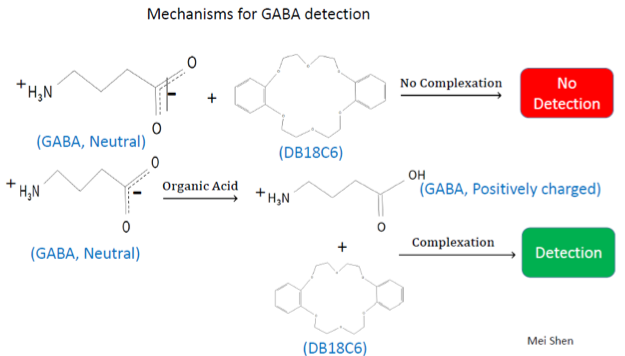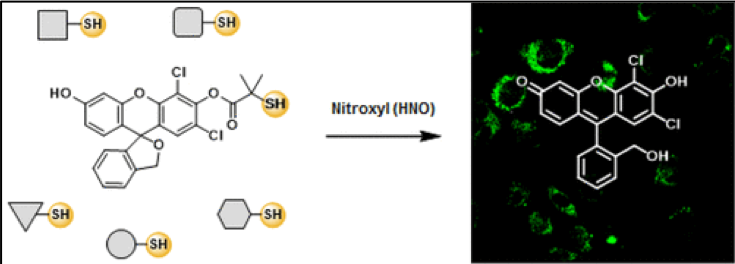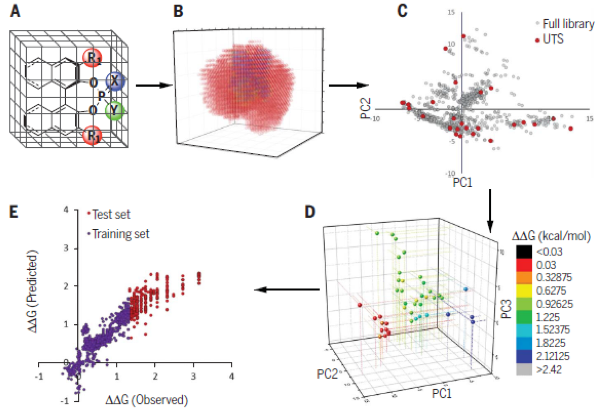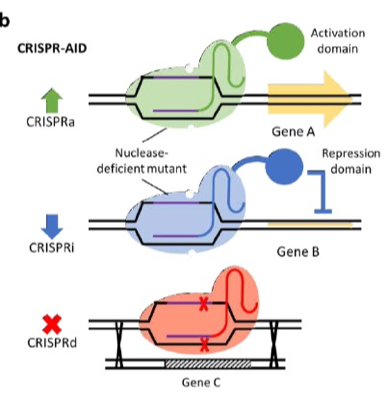Research Tools & Reagents
| Latest Innovations | ||
|---|---|---|
|
||
|
||
|
||
|
Dr. Zhao from the University of Illinois at Urbana-Champaign has developed a novel method for combinatorial genome... |
Dr. Zhao from the University of Illinois at Urbana-Champaign has developed a novel method for combinatorial genome editing in yeast. With the use of CRISPR-AID technology targeted genes can be simultaneously upregulated, downregulated, and deleted allowing discovery of synergistic effects to enhance strain phenotypes. Utilizing this technology will allow fast generation of novel strains suited to industrial applications. In addition Dr. Zhao has generated novel CRISPR constructs optimized for CRISPRa and CRISPRi applications for use in yeast. This is the first use of orthogonal CRISPR strains in yeast and will greatly expand the toolbox for yeast genome engineering.
|
Detection of Neurotransmitters via Interfacial pH Modulated Assisted Ion Transfer

CRISPR-SKIP System to Modulate Expression of Exons & Improve Cellular Delivery of DNA Editing Systems
End-Modified Double-Strand DNA Donors for Clone-Free & Selection-Free Gene Knock-In in Mammalian Cells Lines

NitroxylFluor: A Thiol-Based Fluorescent Probe for Detection of HNO in Living Cells


Chemoselective Methylene Hydroxylation in Aromatic Molecules
Extrapolative Prediction of Enantioselectivity Enabled by Computer-Driven Workflow, New Molecule Representations and Machine Learning




